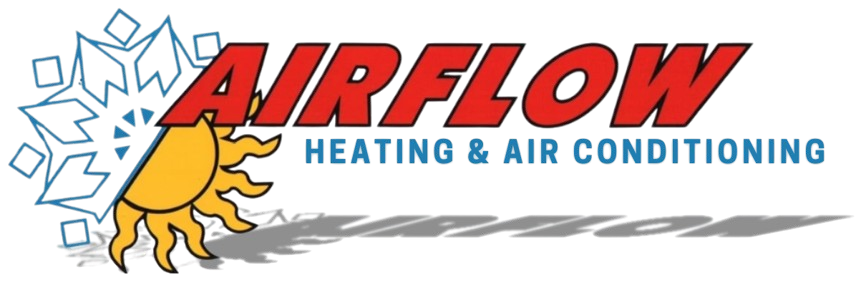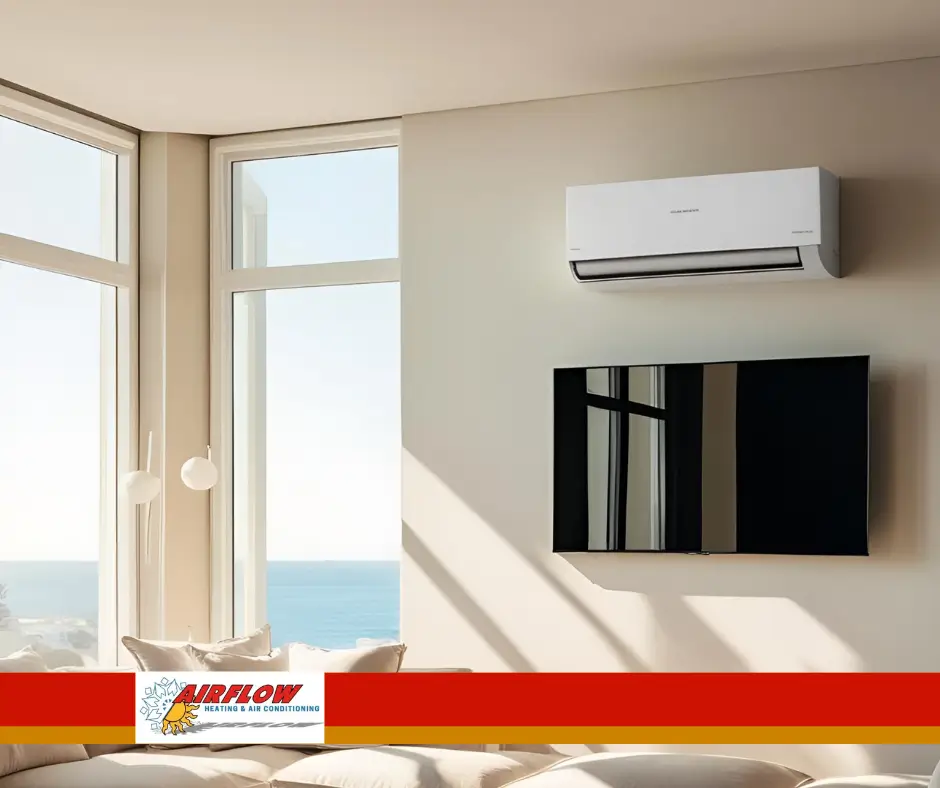Installing a new air conditioning system is a significant investment for any homeowner. While the price of the unit and installation may seem clear, there are often hidden costs associated with air conditioning installation that can catch you off guard. Understanding these potential expenses ahead of time can help you avoid unnecessary surprises and keep your budget on track.
1. Cost of System Sizing
One of the most critical factors in air conditioning installation is choosing the right system size. An undersized or oversized unit can lead to inefficiency, higher energy bills, and unnecessary wear and tear on the system. The cost of properly sizing your AC system involves:
- System Evaluation: An experienced HVAC technician will evaluate your home’s size, insulation, and cooling needs to recommend the correct system size.
- Long-Term Savings: While it may cost more initially, the right-sized unit will operate more efficiently, saving you money on energy bills in the long run.
Choosing the wrong size could lead to excessive energy consumption, reducing the efficiency of your system. Make sure to work with a professional to avoid this common hidden cost.
2. Ductwork Modifications
If your existing ducts are old, improperly sized, or damaged, your technician may need to make modifications or replacements. This can significantly add to the cost of air conditioning installation. Some of the issues that could arise include:
- Leaky Ducts: Leaky ducts reduce efficiency and cause cool air to escape, leading to higher energy costs.
- Improperly Sized Ducts: If your ducts are not the right size, your AC unit will have to work harder to distribute cool air, increasing energy consumption.
- Old Ductwork: In some cases, old ducts may need to be replaced entirely to ensure proper airflow and avoid costly repairs in the future.
To avoid unexpected ductwork costs, make sure to have your HVAC technician assess your existing system’s ductwork and factor any necessary upgrades into your budget.
3. Electrical System Upgrades
Another often-overlooked cost of AC installation is upgrading your home’s electrical system to accommodate the new unit. Modern air conditioners often require more power than older systems, which could necessitate:
- Electrical Panel Upgrade: If your electrical panel is outdated or undersized, you may need to upgrade it to handle the increased load of your new air conditioning unit.
- New Wiring: If your system’s wiring is inadequate, new wiring may be required to safely connect the AC unit to your electrical system.
These electrical upgrades can be costly, but they are essential for the safe and efficient operation of your new air conditioning system. It’s crucial to consult with an HVAC expert and electrician to understand if any electrical upgrades are needed.
4. Permit and Inspection Fees
In many areas, air conditioning installation requires permits and inspections to ensure the system is installed correctly and up to code. These fees may include:
- Permit Fees: Depending on your location, you may need a permit to install a new AC unit. The cost of permits can vary, but they are often necessary for legal compliance.
- Inspection Fees: After installation, a city or county inspector may need to verify that the installation meets local building codes. This fee can add to the overall cost.
While permit and inspection fees are an additional cost to consider, they are necessary to ensure that your system operates safely and efficiently. Be sure to account for these fees when planning your installation budget.
5. Removal of Old Units
If you’re replacing an old air conditioning system, the cost of removing and disposing of the old unit is another hidden expense. The cost of removal may depend on factors like:
- Size and Weight of the Unit: Larger, heavier units can be more difficult and expensive to remove.
- Disposal Fees: Some areas charge fees for disposing of old air conditioning units, especially if they contain hazardous materials like refrigerants.
Ensure that the HVAC company you hire includes the cost of removal and disposal in their estimate, so there are no surprises when the job is done.
How to Avoid Hidden Costs
To minimize the chances of encountering hidden costs during your air conditioning installation, follow these tips:
- Get Multiple Quotes: Request estimates from multiple contractors to ensure you’re getting a fair price that includes all necessary services, such as ductwork, electrical upgrades, and permit fees.
- Ask About Additional Costs: Be upfront with your contractor about any potential hidden costs, such as system sizing, electrical work, or permit fees, to avoid surprises down the line.
- Choose a Reputable Contractor: Work with an experienced and reputable HVAC company that offers transparent pricing and a clear breakdown of the costs involved in the installation.
By planning ahead and asking the right questions, you can avoid many of the hidden costs that can add up during air conditioning installation.
Conclusion
Air conditioning installation can be a significant investment, but understanding the hidden costs can help you prepare and avoid unexpected expenses. By considering factors like system sizing, ductwork, electrical upgrades, permits, and removal fees, you can ensure a smoother, more cost-effective installation process.
Take the time to research, plan, and work with a reputable contractor to make your air conditioning installation as seamless and budget-friendly as possible.
READ MORE:





